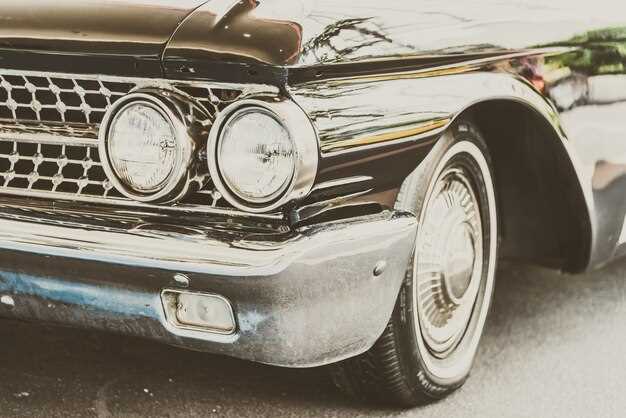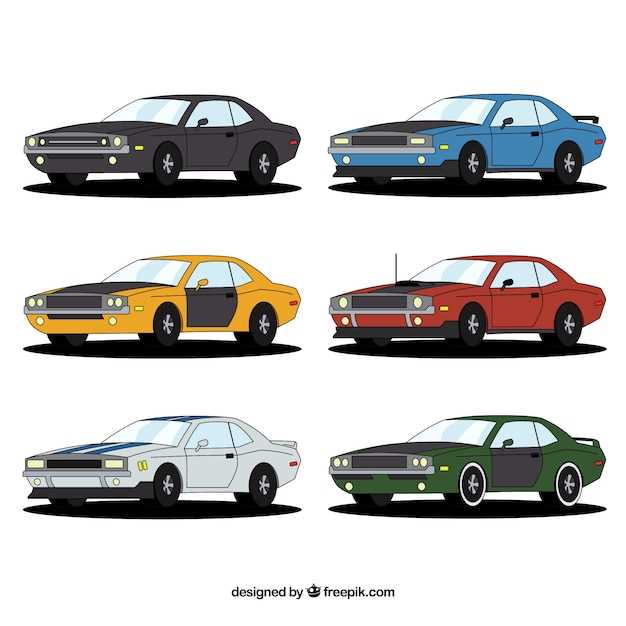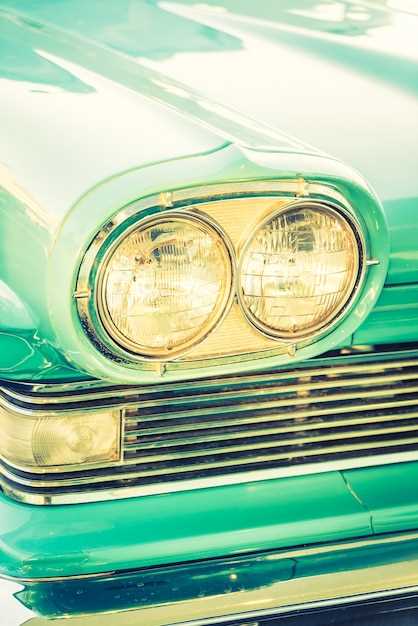
The 1970s marked a pivotal era in the automotive world, characterized by the rise of muscle cars that combined powerful engines with striking designs. These vehicles were not merely modes of transportation; they embodied a culture of freedom, speed, and a fearless attitude that captivated car enthusiasts. Among the most notable performances of this decade, five iconic models stand out, each bringing unique features and capabilities to the table.
In the midst of tightening regulations and the oil crisis, manufacturers from across the United States crafted vehicles that still resonated with the spirit of American muscle. The comparison of these car legends reveals not just their horsepower and torque but also their influence on the automotive landscape and popular culture. From the classic styling to the visceral driving experience, these muscle cars continue to provoke passion and admiration to this day.
As we dive into this comparison, we will explore the specifications, design philosophies, and legacy of each vehicle, showcasing the distinct characteristics that define what a muscle car truly is. Join us on this journey through automotive history as we analyze the five iconic muscle cars that left an indelible mark on the 1970s.
Performance Specifications: Speed, Power, and Acceleration

The 1970s marked a golden era for muscle cars, characterized by raw power and exhilarating performance that captivated automotive enthusiasts. During this decade, manufacturers designed vehicles that pushed the limits of speed, power, and acceleration, making them iconic representations of American muscle.
One of the standout models, the Chevrolet Camaro Z28, boasted a formidable 350 cubic inch V8 engine that generated up to 360 horsepower. It could accelerate from 0 to 60 mph in just over 6 seconds, showcasing its impressive capabilities on the road. Similarly, the Ford Mustang Mach 1 featured a powerful 428 cubic inch Cobra Jet engine, producing 360 horsepower and achieving a quarter-mile time of around 14 seconds.
The Plymouth Road Runner, known for its affordability and performance, was equipped with a 440 cubic inch V8 engine, delivering 375 horsepower. This muscle car could reach 60 mph in approximately 5.5 seconds, making it a favorite among speed enthusiasts. Meanwhile, the Dodge Charger R/T came with a robust 426 Hemi V8, which produced an outstanding 425 horsepower and enabled the car to sprint from 0 to 60 mph in just 5.6 seconds.
Lastly, the Pontiac GTO, often regarded as the original muscle car, offered a range of powerful engines, including the 455 cubic inch V8 that generated 360 horsepower. This model could accelerate to 60 mph in around 6 seconds, exemplifying the combination of power and performance inherent in 1970s muscle cars.
In summary, the performance specifications of these iconic muscle cars from the 1970s combined speed, power, and acceleration to create an unforgettable driving experience. Each vehicle not only represented engineering excellence of its time but also left a lasting legacy in automotive history.
Design Elements: Aesthetic Features and Interior Quality

The 1970s marked a significant era in the evolution of muscle cars, characterized by bold designs that captured the spirit of power and performance. These vehicles showcased aggressive lines, sculpted hoods, and pronounced fenders, which not only enhanced aerodynamics but also conveyed a sense of speed even when stationary. The iconic long nose and short rear design became synonymous with muscle cars, creating a distinctive silhouette that remains revered today.
Aesthetically, color played a crucial role in the appeal of these muscle cars. Bright hues such as ‘Hugger Orange,’ ‘Plum Crazy Purple,’ and ‘Grabber Blue’ became popular choices, reflecting the exuberance of the decade and emphasizing individuality. Graphic stripes, racing decals, and sporty accents further elevated their visual impact, making each model a unique expression of style and performance.
Interior quality varied widely among muscle cars, with manufacturers striving to balance sporty aesthetics and driver comfort. High-back bucket seats were a standard feature, providing support during spirited driving. Many models included options for premium upholstery, such as vinyl or leather, giving the interior an upscale feel. Dashboard layouts focused on functionality, with clear instrumentation and ergonomic placement of controls, ensuring drivers could monitor performance metrics easily.
As the decades changed, so too did consumer expectations regarding interior features. By the mid-70s, muscle cars began to incorporate more creature comforts, such as air conditioning, advanced audio systems, and improved sound insulation, signaling a shift towards everyday usability without compromising the raw thrill synonymous with the genre. These design elements laid the foundation for modern interpretations of muscle cars, establishing a legacy that continues to influence car design today.
Market Value: Collectibility and Investment Potential
The 1970s marked a golden era for muscle cars, characterized by high performance and distinctive design. As these iconic vehicles have aged, their collectibility and market value have significantly evolved. Muscle cars from this decade, such as the Chevrolet Camaro, Ford Mustang, Dodge Challenger, and Pontiac GTO, have become highly sought after by collectors and enthusiasts alike.
Rarity plays a crucial role in determining the market value of 1970s muscle cars. Limited production models, or those featuring unique options and color combinations, tend to command higher prices at auctions and in private sales. The condition of the vehicle, including its originality and restoration quality, also impacts investment potential. Well-maintained or expertly restored examples can fetch substantial sums, often well above the average market price.
The revival of interest in classic cars, fueled by nostalgic sentiments and the growing popularity of car shows, has further enhanced the investment potential of these muscle machines. Many collectors view 1970s muscle cars not only as a hobby but also as a viable investment, anticipating that their value will appreciate over time. Notably, models like the Chevrolet Chevelle SS and Pontiac Firebird have demonstrated remarkable price increases in recent years, confirming their status as collectible assets.
Furthermore, the increasing challenge in finding high-quality examples of these vehicles has created a stronger demand, which in turn drives prices upward. The ongoing interest in vintage cars among younger generations, coupled with a finite supply of 1970s muscle cars, suggests that their market value is likely to remain robust in the foreseeable future. Collectors who invest wisely in this segment can expect both enjoyment and potential financial rewards as the appreciation of these classic cars continues.
